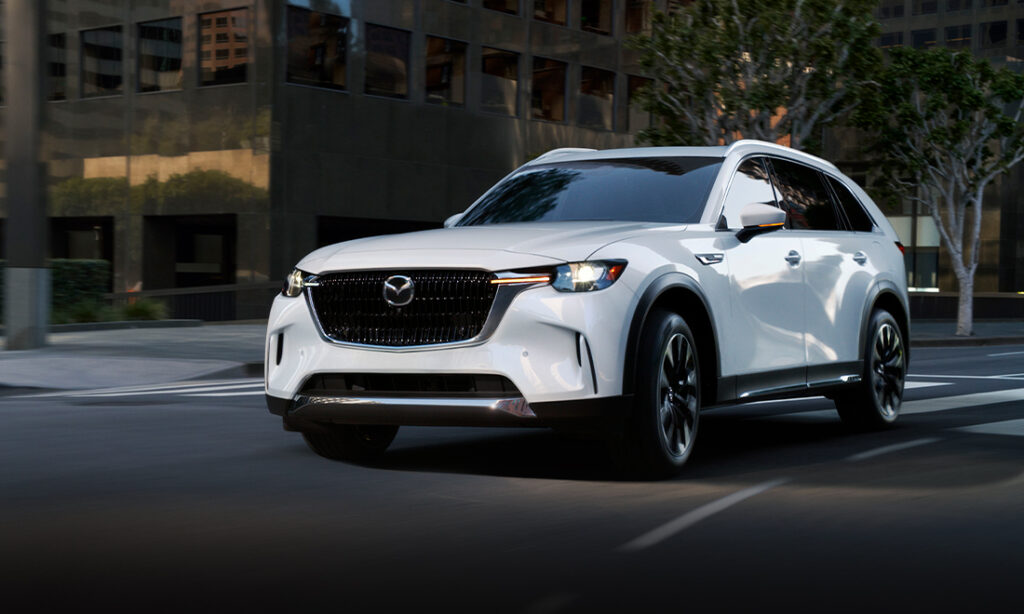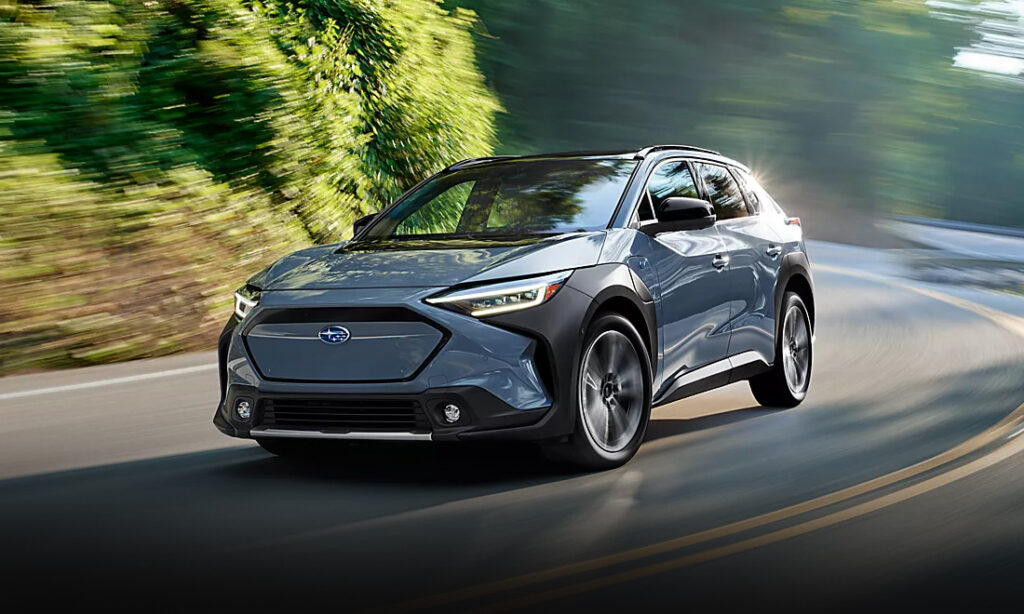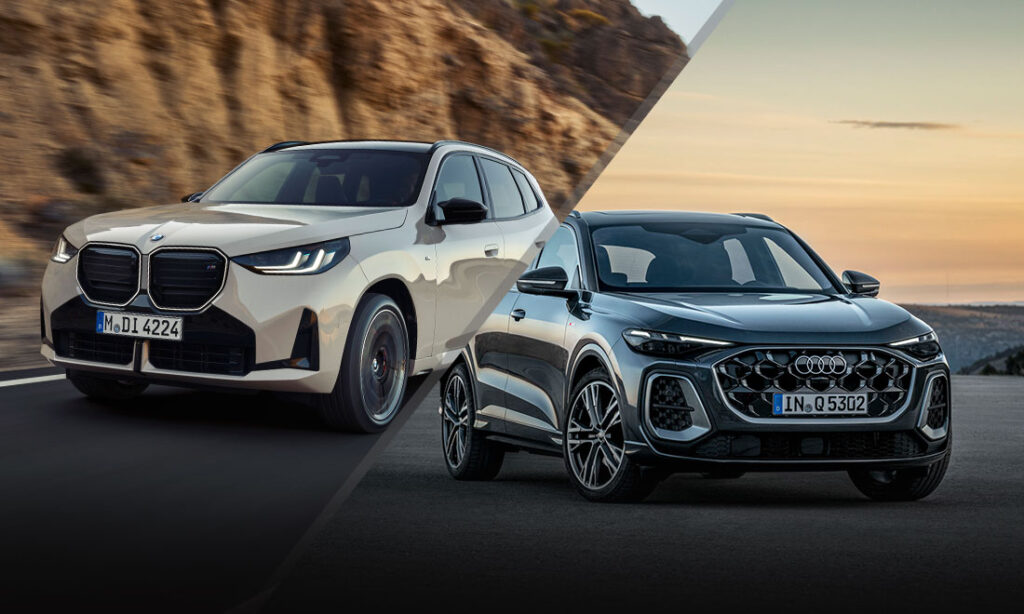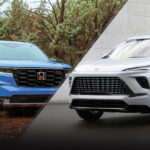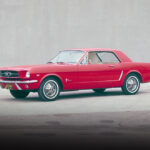Alternatives to the Nissan Rouge
The Nissan Rogue is a top seller in the US. But we think these other SUVS are worth a look before you make a final purchase decision.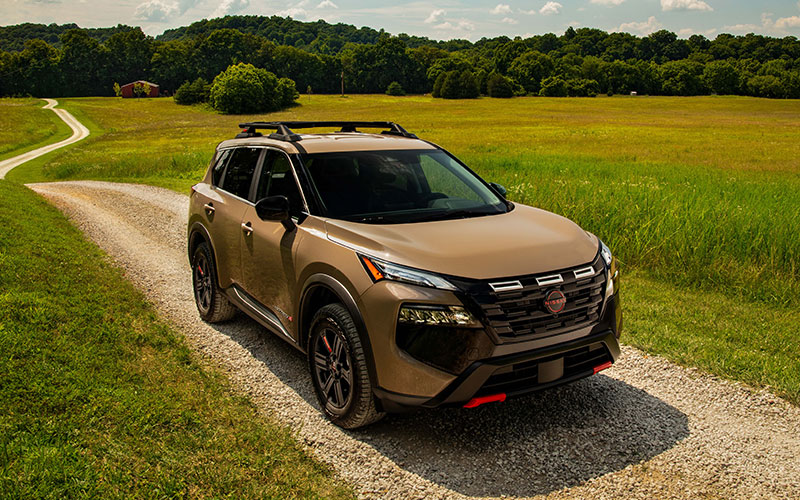
Shopping for a New Rouge? Consider these Alternatives
The 2025 Nissan Rouge is a top seller, after overcoming quality issues in the previous generation, the new Rouge is definitely worth considering.
If you’re exploring alternatives to the Nissan Rouge, we’ve compiled a list of ten vehicles that are worth a look. Each offers compelling features and reliability ratings that may better align with your needs.
Hyundai Tuscon

Yes, there are cooler SUVs to look at. Yes, there’s faster SUVs out there. But as a simple, honest crossover grocery getter, the fourth-generation Hyundai Tuscon isn’t a bad choice.
With ample choices of straight-ICE, standard hybrid, and plug-in hybrid drivetrains, solid fuel economy, and ample room for rear passengers and cargo space to spare, the Tuscon does everything a Rogue can do. Plus, it comes from a brand that’s on the up-and-up recently, not on a downturn like Nissan.
Mazda CX-5
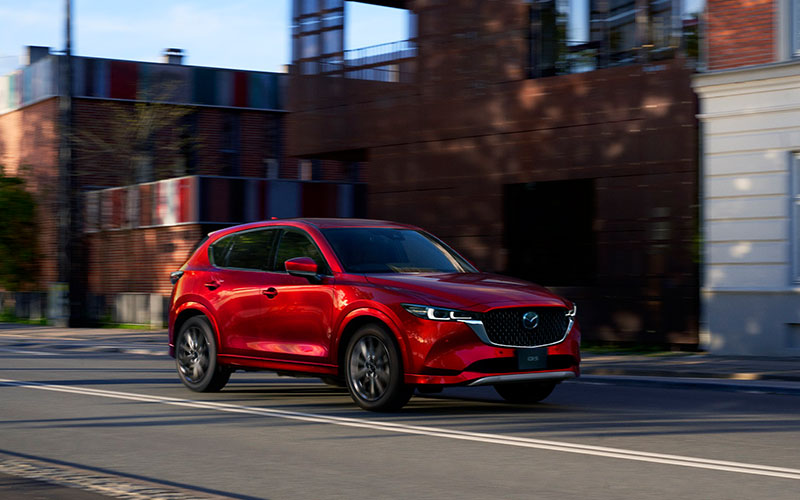
Ditto everything we said about the Tuscon, but give it a distinctly Mazda flavor. Sized and priced nearly identically to the Rogue, the second-generation CX-5 might be a bit long in the tooth. But a more powerful four-cylinder engine over the Rogue’s three-pot without too much of a dip in fuel economy is a real advantage.
A comfortable interior with all the bells and whistles of a modern crossover is bound to be a treat, too. Will it be more reliable than a third-gen Rogue? That’s hard to answer, but you do get the benefit of a model that’s been in production since the mid-2010s to put you at ease. They wouldn’t keep building it if it kept falling apart, right?
Subaru Forester
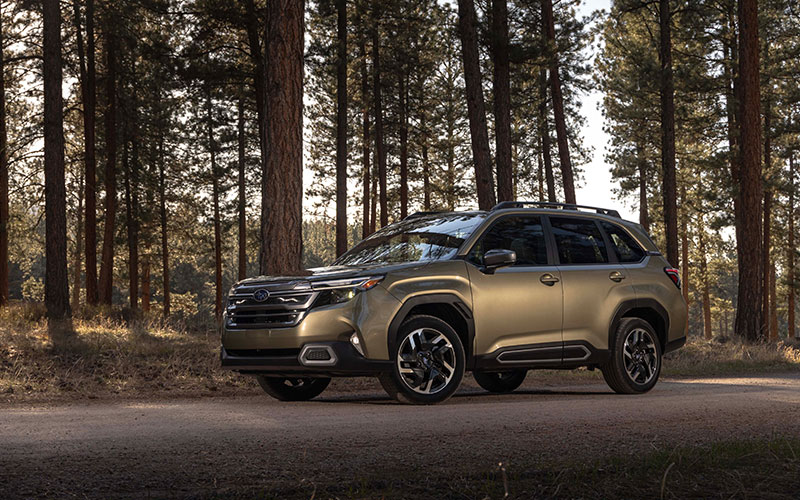
Remember when the Forester was more like a big station wagon than an SUV? But these days, the sixth-generation Forrester looks like an interesting alternative to an otherwise inoffensive but no-less dreary Rogue.
Bolder styling, plus a peppier 2.5-liter four-cylinder boxer engine and the promise of a hybrid drivetrain later on, give the new Forester some real pulling power away from Nissan these days. Kudos to Subaru for keeping one of its flagships interesting.
Toyota bZ4X/Subaru Solterra
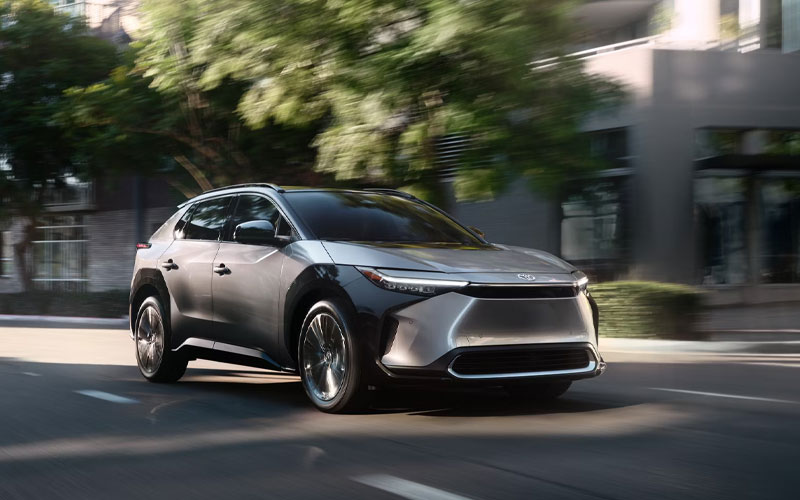
Even if Toyota’s only EV shares a platform with the Subaru, has wet noodle acceleration, and a just okay battery-electric range, what matters is that Toyota but also Subaru, is offloading these roughly Rogue-sized EVs right now at a decent price.
Given dealer mark-downs and electric vehicle tax credits in some states, you might be able to haggle your way into an EV for what a mid-to-high-trimmed Nissan Rogue would cost you. That’s without considering the savings on fuel, plus the fact that the bZ4x is perfectly serviceable as a daily driver, even if it’s not fun to drive. It’s at least something the average American family of five should consider instead of a high-trimmed Rogue.
Volkswagen Atlas Cross Sport
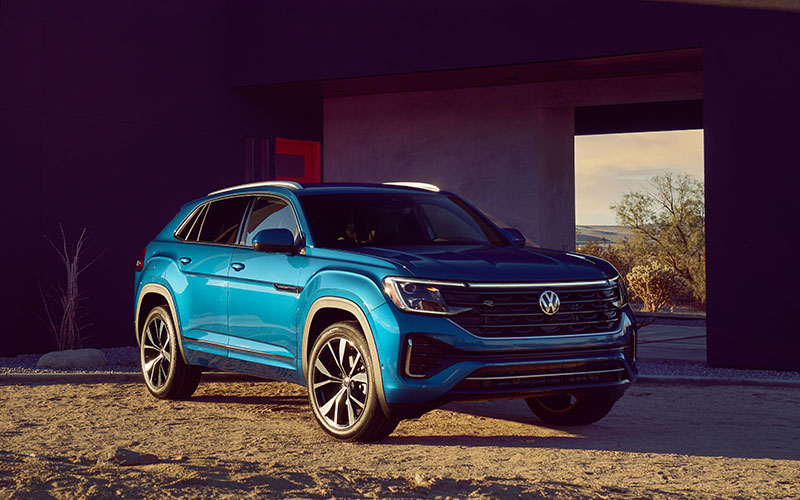
In fairness, Volkswagen isn’t the best when it comes to reliability figures, either. Most of the time, Nissan and VW are just about neck and neck in terms of bad publicity in regards to reliability, if we’re being honest. But what if you’re a leasee, and you don’t need to care too much about reliability? In that case, the Atlass Cross Sport is probably a better bet.
Better styling, a larger engine with one extra cylinder, and an uber-cool flagship R-Line trim package make for an all-around more appealing vehicle to lease than a Rogue. Save for maybe the Rogue Rock Creek trim; there isn’t a single Rogue on sale new today that even compares.
Honda CR-V
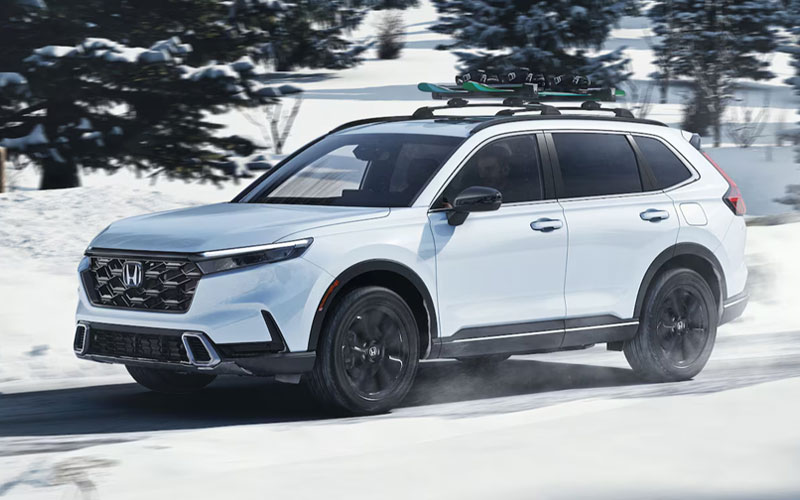
With similar features to the Tuscon, Atlas, and the CX-5 but with a flair for drivetrain innovation that excites, the CR-V is a market segment juggernaut for a reason. It’d be king of value for money in its sector if not for the only compact crossover that keeps Honda engineers up at night.
Ah, yes, the not-so-little crossover that keeps most OEMs awake at night wishing they could pull the same sales figures. The CR-V is in its sixth generation these days and is just about living its best life. With an impressive selection of ICE, battery-hybrid, and even a clever hydrogen fuel cell EV.
Toyota Rav4
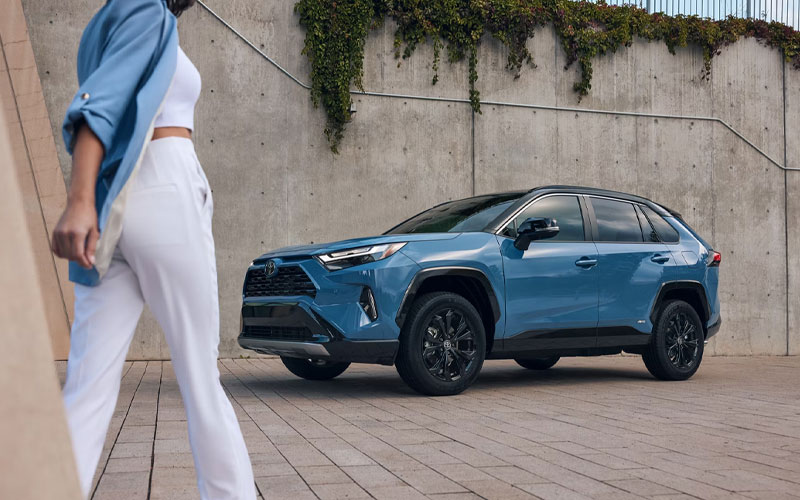
Features and trims between the Rav4 and the CR-V are roughly on par. But with a reputation for reliability above and beyond any other automaker in the world, it doesn’t matter too much if even Toyota’s legendary QC has slipped a bit. You’re still bound to drive one of the most reliable new vehicles on the road.
That’s right, no matter how much Honda tries, the Toyota RAV4 is still a value-for-money king. No hydrogen fuel cells to be found here, just a 2.5-liter gas engine, with or without a two-motor battery-hybrid system that boosts power from 203 to 219 horsepower, or that same system plus a plug-in charging feature and a total of 302 horsepower.
Hyundai Ioniq 5

Sure, you won’t get top-shelf battery range or the most power. But in the looks and features department, the space age Ioniq 5 makes other crossovers at this price point look like they’re from the previous decade by comparison. It sure sounds like a better deal than a Rogue that blends into an empty parking garage.
You know, a fully loaded all-wheel-drive Rogue Platinum sells for in the ballpark of $41,000 and change. For around the same money, you could take a SE Standard Range Hyundai Ioniq 5, one of the most interesting cars to come out of the 21st century.
Mitsubishi Outlander
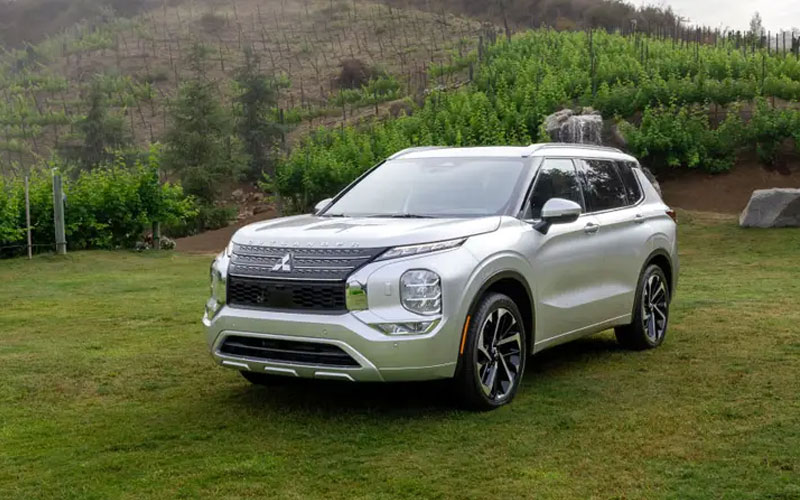
A more favorable 100,000-mile powertrain warranty over the 60,000 you get in the Rogue makes the decision to go with Mitsubishi all the more reasonable. For not all that much more, you can even have the clever PHEV variant. Even without the hybrid, the Outlander isn’t Mitsubishi’s flagship vehicle for no reason.
Alright, we’ll fess up. The Outlander and the Rogue are under the same Renault-Nissan-Mitsubishi alliance that owns all these brands, plus a couple of others abroad. However, the Outlander is simply a more adaptable vehicle because of its third row of seats. Of course, they aren’t the largest third-row seats by any stretch. But the virtues of the extra space for a family who wants to bring the neighborhood kids along on a road trip speak for themselves.
Kia Sportage
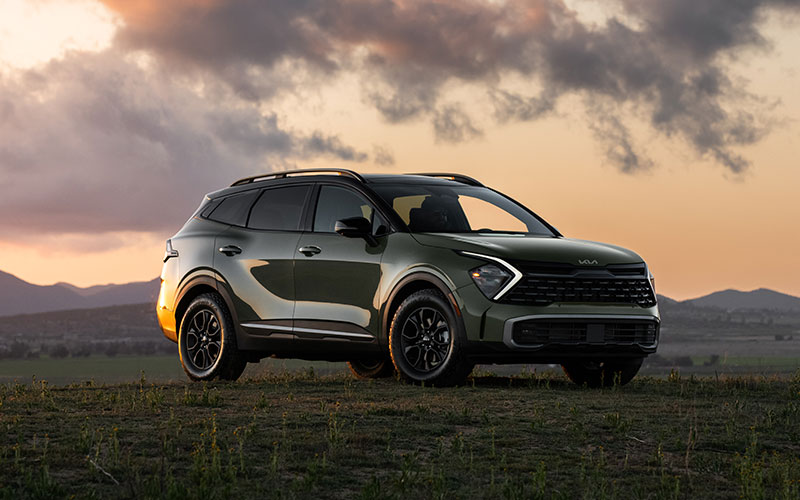
You wouldn’t be a fool to choose the Rogue instead. But at least on a surface level, the Sportage looks bolder in its execution than the Nissan. Neither is exactly a looker, all that special, or even all that memorable. However, a larger warranty on the part of the Kia might be the deciding factor that gets you to take one home.
Here’s one case where the Rogue and its rival are more or less evenly matched. Similar driving performance, fuel economy, and passenger comforts, although the Kia does net a rear-zone climate control system. Though the Nissan is largely considered to have a better ride, the Sportage has a larger choice of powertrain options, a newer design, and bold styling on its side.


